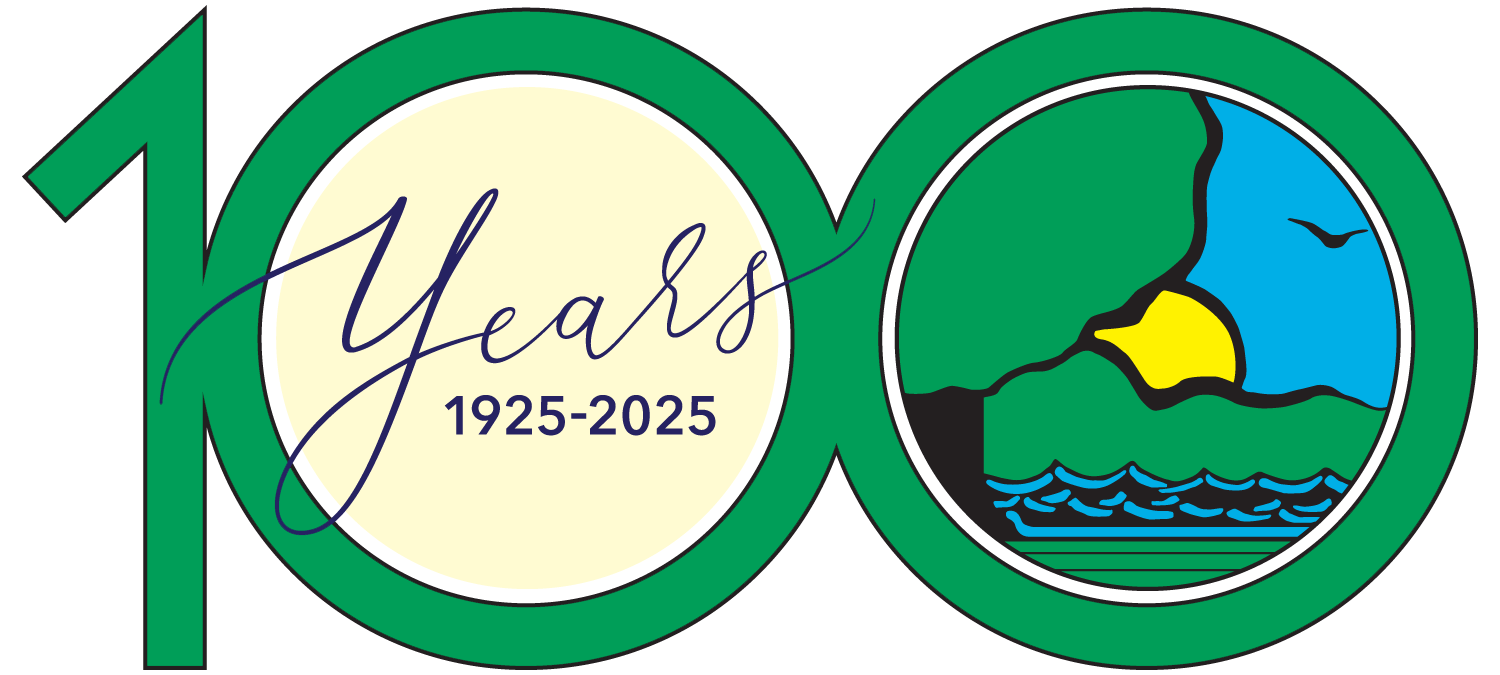
Bufflehead drake. All photos by Ryan Askren.



Bufflehead drake. All photos by Ryan Askren.
Of all the types of hunting, waterfowl hunting may well be my favorite. While that answer may change with the weather, the reasons I enjoy waterfowl hunting do not. It’s got all my favorite things like water, mud, cold and unexpected expenses. When it all comes together, few spectacles are more awe-inspiring than large flocks of ducks or geese landing within range. For some of us it’s more than worth all the hassle it takes to get there.

One thing that made waterfowl hunting stand out to me as a young hunter was the diversity of species and that identification needed to happen before the shot. One of the first times I had ever studied something on my own free will was duck identification in the old booklet Ducks at a Distance. I knew that pamphlet forwards and backwards before I ever tossed a decoy.
Books are great for knowing which field marks go with each species. One thing that books can’t reproduce very well is how ducks look in real life scenarios. A still, flat picture can only do so much and the ducks a hunter may aim on rarely look like the perfect painting in your field guide.
First off there is variability within the species. The dazzling breeding plumage of many birds may not become apparent until well into the waterfowl season. Younger birds also tend to lag behind adults. This means duck appearance falls on a spectrum both throughout the season and among individuals. Knowing this, looking for ways to narrow down identification using traits that don’t change, such as structure, size and behavior, are sure ways to sharpen your identification skills.

Birders have adopted the old military term of GISS (a World War II Royal Air Force acronym for General Impression of Size and Shape) to quickly describe a bird’s general impression of size and shape. Learning the difference between the GISS of a typical puddle duck, like a mallard, against that of a typical diver duck, such as a ringneck, is one of the first steps to becoming the identification authority in your duck blind.
If you get a good mental picture of a mallard, which is typically the dominant duck species for much of Illinois’ duck season, you will have something to compare to other ducks. Get a feel for the structure, especially the wing to body size ratio. Notice the shape of the tail and any behaviors, including flock appearance, normal altitude, and how directly they travel.
Puddle ducks have large wings when compared to their bodies. The larger puddle ducks, including mallards, black ducks, pintails and gadwall, all have long wings, a deep wing stroke and fairly direct flight. This makes them fast in flight but with what seems like simple mechanics and lower effort.
Other puddle ducks, such as teal, shovelers and wigeon, have noticeably smaller bodies and wings, but the ratio is similar. They tend to have less direct flight, fly in more irregular flocks and their smaller wings beat faster. It’s these smaller puddle ducks that can leave even the most accomplished skeet shooter befuddled by their acrobatic flights, even though they average slower speeds than mallards.
Wood ducks have a unique structure and are considered perching ducks. The tail appears squared off in flight and their characteristic crest is often visible but retracted tight against the head. Often, woodies make the whole identification thing easy by letting out some loud, clear whistles as they head your way, and I am not complaining!

Your first thought when you see a flock of diving ducks may be to think they are teal. They appear smaller than the mallards you have been working all morning. This is exacerbated because their wings are smaller compared to their bodies, making them beat faster and harder to maintain the same speeds. Wingbeats appear shallower and you may notice different sounds when flocks are soaring around you, more reminiscent of jets than of the gently whistling wings of puddlers. This is not to be confused with the piercingly loud whistling that comes from the wings of goldeneyes.
Once you have used the GISS to narrow down your identification choices from the 16 or so ducks likely in Illinois (this number omits the scoters and long-tailed ducks of the big lake) down to just a few, catching a glimpse of a single field mark is often enough for identification. In gameshow terms, this is like choosing the 50:50 option that eliminates half of the wrong answers.
The bird that looks like a mallard but sharper, with a long-necked appearance? That’s a northern pintail that’s already flying away because one of your 72 decoys had a string wrapped around its neck. The one that looks like a mallard but grayer, with an obvious black rear and white speculum instead of the mallard blue? That’s a gadwall and it landed in your decoys before you could get your gun up.

I know ducks are beautiful and delicious creatures but try to get past all the pretty colors and get to know the ducks on a deeper level. Noticing small details that are less dynamic than plumage will make your duck identification journey a smoother one.
If you still have some work to do before next season, the Illinois Learn to Hunt Program has a free workshop coming up just for you! On Saturday, February 17, 2023, we will be hosting a waterfowl identification workshop at Chautauqua National Wildlife Refuge in conjunction with U.S. Fish and Wildlife Service staff. We will be going over identification in the lab and field to get practice using field marks and GISS to help identify ducks. Admittedly, waterfowl identification is a bit easier in the spring! Check out the details at Illinois Learn to Hunt. And if you are interested, register on Eventbrite for the 10 a.m. February 17, 2024 Waterfowl Identification Workshop.
We hope to see you there, and in the marsh next fall!
Curtis Twellmann has been with the Illinois Learn to Hunt program since 2020. Growing up in north-central Missouri, Twellmann hunted, fished and trapped from an early age. This led to a wildlife degree from Northwest Missouri State in 2012. From there he worked as a field biologist for the better part of a decade in Nevada, Nebraska, Texas, Alaska and California. Then he spent about three years as the Assistant Furbearer Specialist in Wisconsin before starting with the Illinois Learn to Hunt program.
Submit a question for the author
Question: Hi, I grew up on the eastern and western shores of the Chesapeake Bay and all of its tributaries. I miss it and now reside in Georgia which is not the same when it comes to duck and goose hunting, believe me.
Do you have any 2024-25 wildlife calendars; preferably with the duck photos on this write-up? I would be happy to pay or donate for the same, and if you do not have any please point me in the right direction. Thanks!